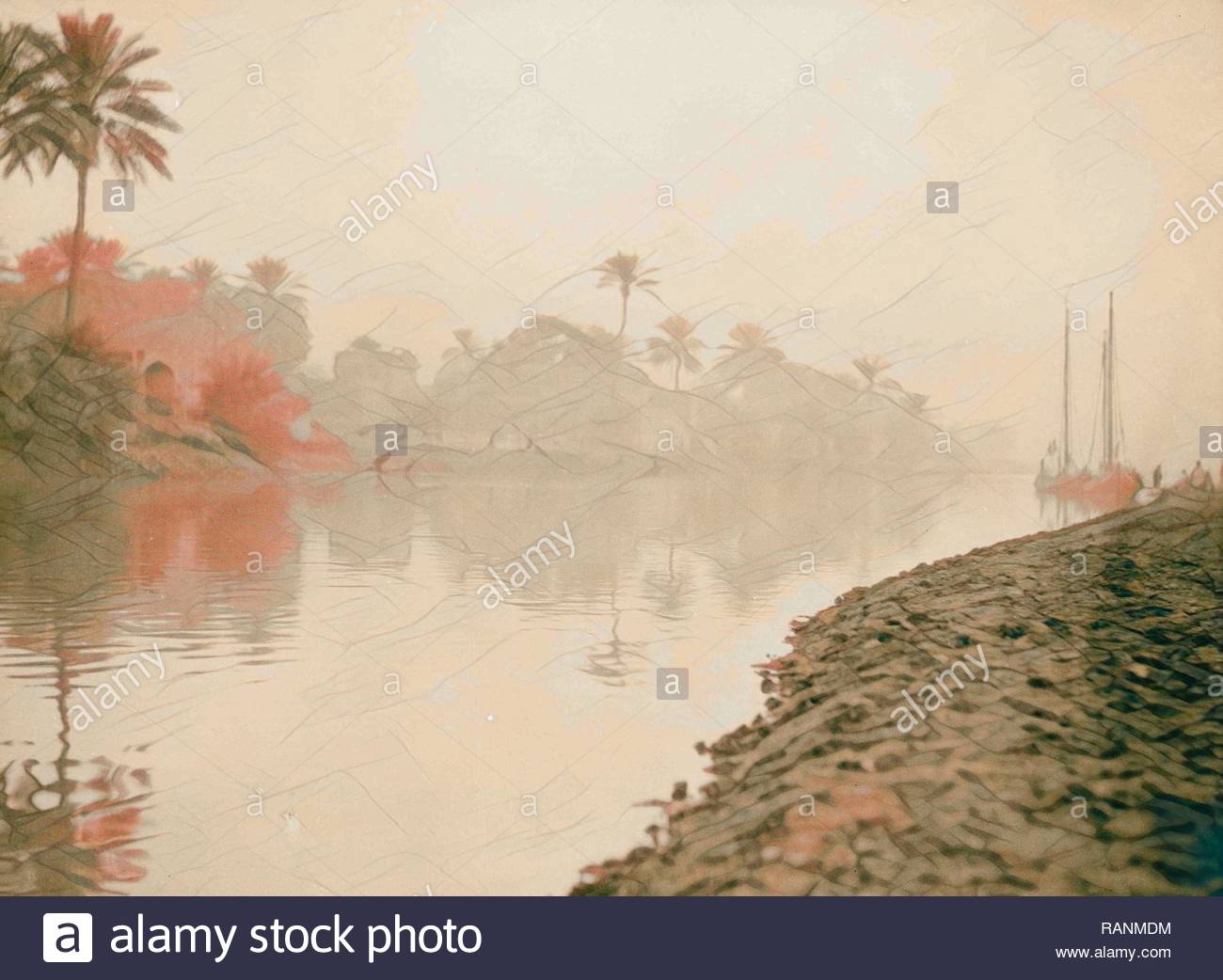

( Public Domain ) Al-Yahudu: Babylon’s “Judahtown” René-Antoine Houasse 's 1676 painting Nebuchadnezzar Ordering to your subjects the construction of the Hanging Gardens of Babylon. And yet still, they learned to live with them. They hadn’t provoked them they had just been plundered and massacred for profit. The Israelites didn’t have any reason to forgive their attackers. The survivors were dragged into his country, and the scorched earth that had once been their home was left empty and desolate. Based on the ruins he left behind, he left the countries he conquered completely barren. He boasted, after defeating Egypt, that “not a single man escaped” his onslaught, and the archaeological evidence shows he wasn’t exaggerating. Nebuchadnezzar II, the Babylonian King, completely devastated the cities he conquered. The only excuse the Babylonians gave for destroying a whole nation was, in their own words, that there was “much plunder” and “heavy tribute” to be won from massacring an entire nation of people. The Babylonians left records of their war with Judah, too, and their version backs up pretty well everything the Israelites said.Įven the Babylonian side of the story doesn’t paint them in a better light. We aren’t just talking about a story here. The Al-Yahudu tablets are a collection of about 200 clay tablets from the sixth and fifth centuries BC documenting the exiled Judean community in Babylonia.

It’s one of the stranger moments in human history. They stayed in Babylon – and kept a thriving community that lasted for more than 2,000 years. The few survivors were dragged out of their homeland and forced to live in Babylon as vassals to the men who butchered their children.Īnd yet, when the Jews in exile won their freedom, most of them didn’t leave. They tore down the city walls, burned the temples, and ran down every person who tried to escape. The data from Mashkan-shapir suggest that a heretofore unexamined or hidden portion of the economy based on fishing, hunting, household level pig husbandry, and wetland resource exploitation, played a crucial role in the lives of Mesopotamian urbanites.In the 6th-century BC, the armies of Babylon destroyed Jerusalem and the Kingdom of Judah. This model of wetland exploitation is compared to both ancient and modern data including modern models of mixed species sustainable agroecosystems to illustrate the efficiency and sustainability of the proposed Mashkan-shapir model. The data suggest an urban setting intimately linked to wetland ecosystems.

The study attempts to describe and quantify the role of wetlands as a sustainable resource adding to the vitality and success of Mashkan-shapir. Ovicaprid remains indicate a strong bias towards sheep with the primary goal of wool production.
Rivers of babylon free#
The data suggest pigs were a major dietary component, and suggest low intensity cultivation of free roaming "street pigs" as the likely pig rearing strategy. Results of the analysis of over 7000 specimens from excavation, as well as nearly 2900 specimens from systematic flotation, indicate that wetland resources were an integral part of the site economy. A fundamental link is made between sustainability and heterarchical organization and consensus. The site is presented as a model for heterarchical sociopolitical organization and sustainable agroecological approach to subsistence. While addressing these biases with the analysis of faunal material from the late second millennium (BCE) urban site of Mashkan-shapir, this study also aims to shed light on the complex interplay between urban life and the natural diversity of the southern Mesopotamian wetlands. Additionally, textual evidence pertaining to animal exploitation is essentially silent when it comes to pig husbandry and offers little information on the exploitation of fish and other wild resources. The samples that do exist from these sites are often incomplete. This exclusion has resulted in a biased interpretation of urban dynamics based largely on architecture, site planning, artifact distribution, and textual evidence. Archaeological investigations of the largest urban centers in southern Mesopotamia have excluded collection and detailed interpretation of faunal remains.


 0 kommentar(er)
0 kommentar(er)
